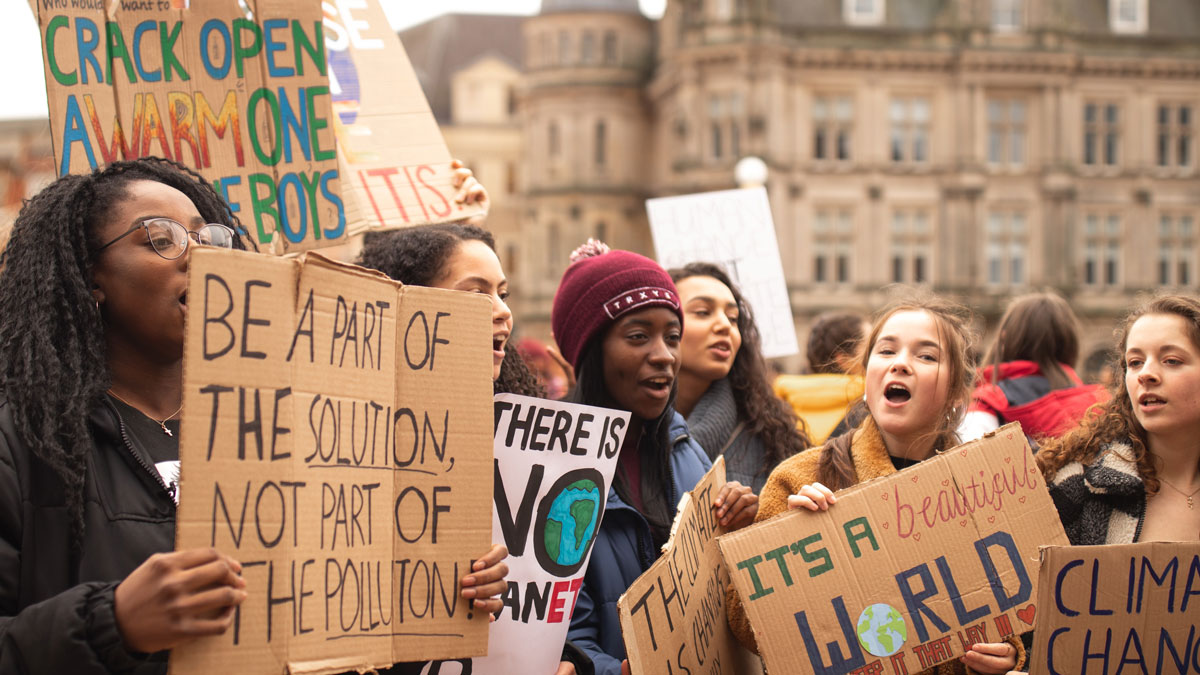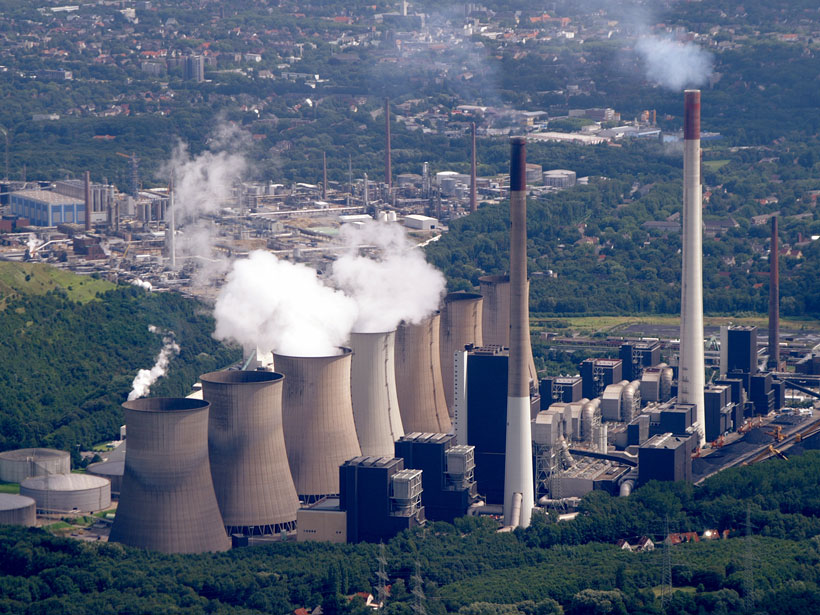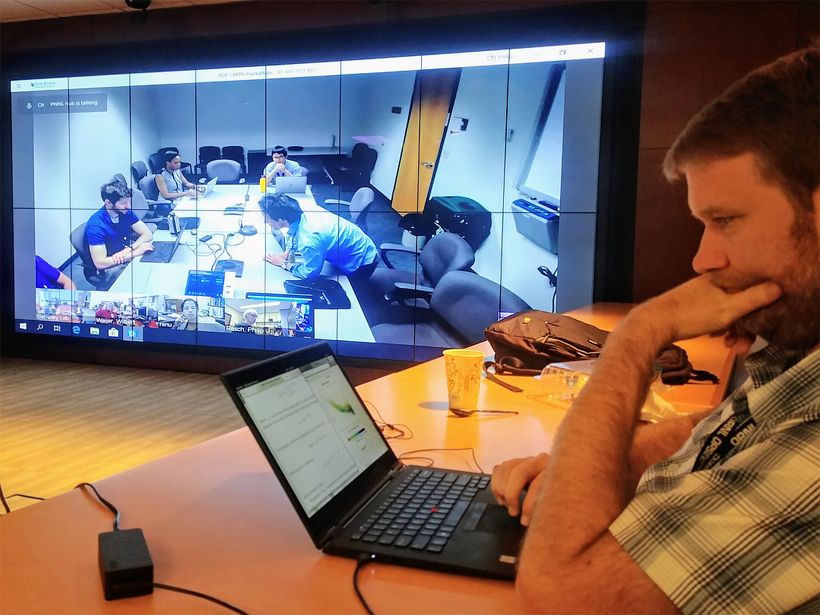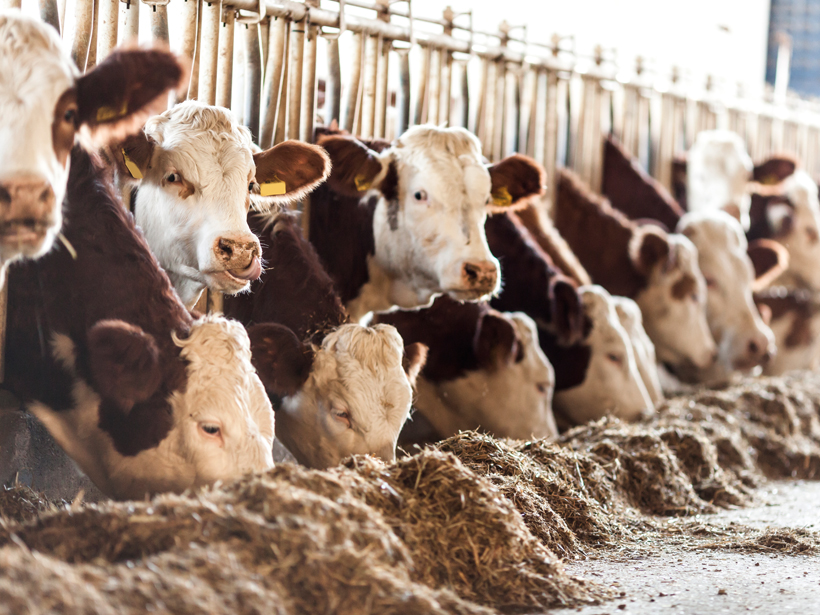Emissions rates are still growing every year, though that growth has slowed. The world needs to reach negative growth soon to prevent a potential 3.2°C rise by the end of the century.
IPCC
Climate Report Rebukes Overshoot Plans with “Irreversible Consequences”
Many pathways to stopping climate change involve overshooting 1.5°C temporarily. The latest synthesis of 34,000 references says that’s a bad idea.
What Five Graphs from the U.N. Climate Report Reveal About Our Path to Halting Climate Change
The Intergovernmental Panel on Climate Change’s first assessment report since 2013 describes two illustrative scenarios that keep warming below 2°C—and several others that go wildly offtrack.
Half of the IPCC Scenarios to Limit Warming Don’t Work
The Intergovernmental Panel on Climate Change showcased 50 scenarios to limit global warming to 1.5°C above preindustrial temperatures. A new study finds that only half of those scenarios are realistic.
El debate sobre las proyecciones de emisiones energéticas de las Naciones Unidas
Un nuevo estudio encuentra el factor económico que controla la divergencia entre las trayectorias de las emisiones en las evaluaciones climáticas y la realidad.
The Debate over the United Nations’ Energy Emissions Projections
A new study finds the economic factor driving the divergence between emissions trajectories in climate assessments and reality.
Hackathon Speeds Progress Toward Climate Model Collaboration
Climate scientists collaborated in a nationwide event to analyze and compare archived Earth system model simulations and to generate input for the IPCC’s upcoming climate change report.
Grim Report on Climate Change Impacts on Oceans and Cryosphere
A new report by the Intergovernmental Panel on Climate Change states that bold actions can prevent significantly worse impacts.
Climate Change Pressures Land and Food Resources, Report Warns
There is a window of time to act now before threats increase further and solutions become less effective, a new report from the Intergovernmental Panel on Climate Change states.
Studying the Societal Dimensions of Atmospheric Carbon Removal
Workshop on Human/Societal Dimensions of a New Carbon Economy with Carbon180; Washington, D.C., 13 February 2019










